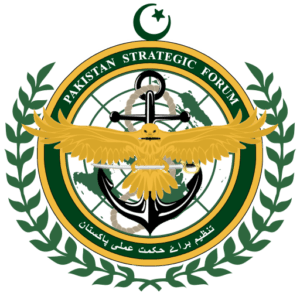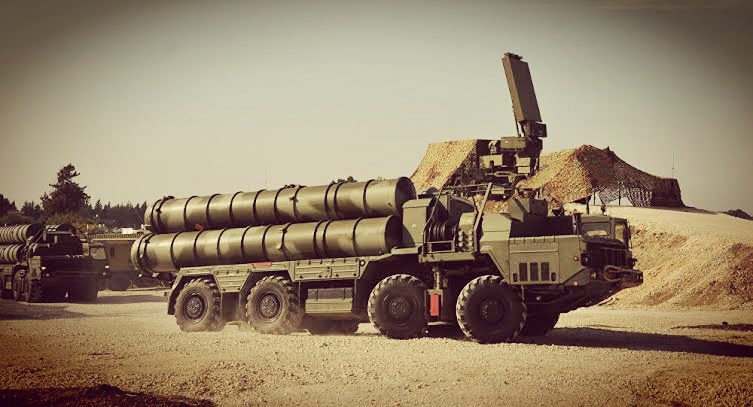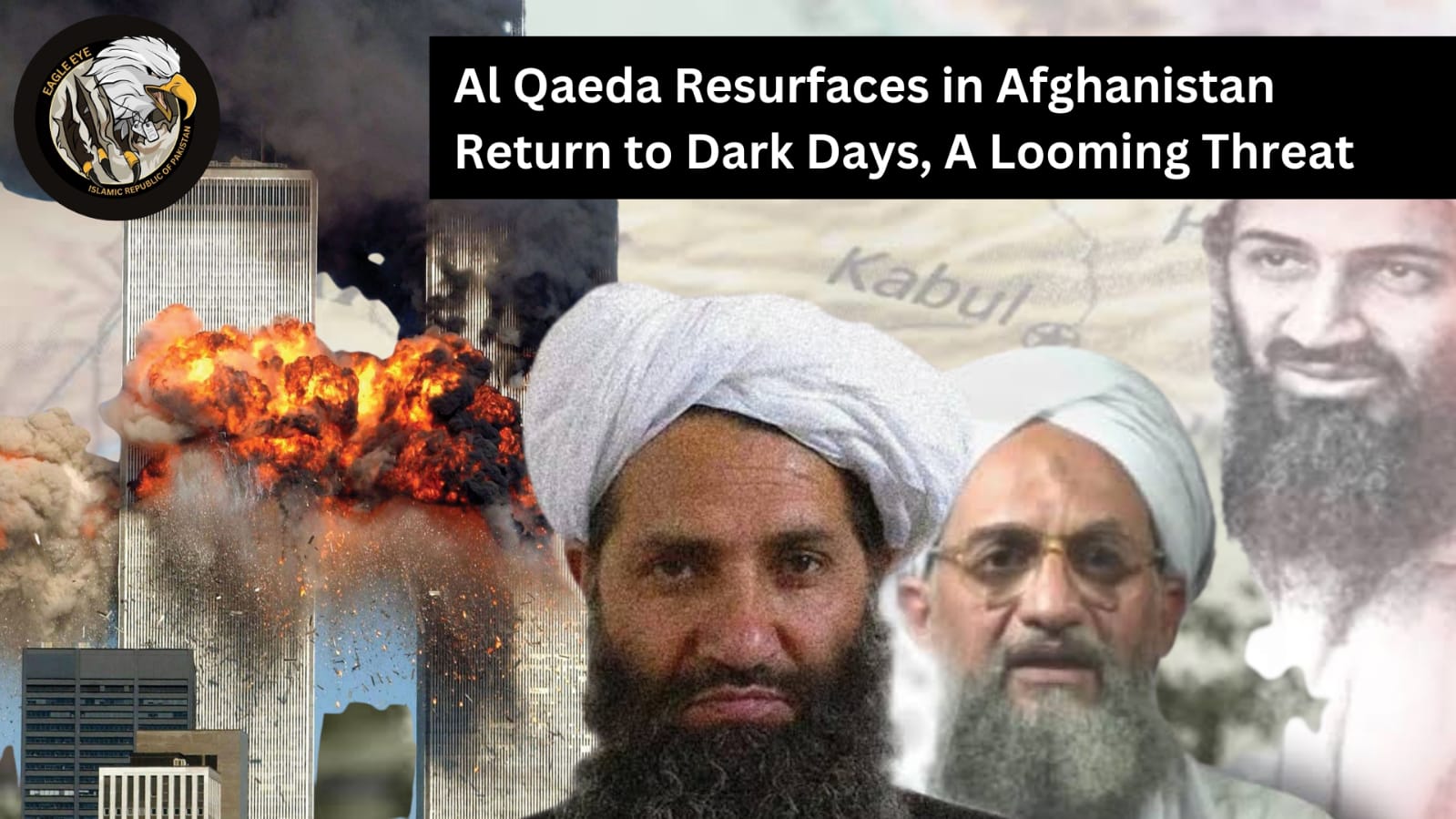Nuclearization of South Asia caused modernization of the Armed Forces of two arch-rivals Pakistan and India. After nuclear tests by both states, both fought a limited war in Kargil, Kashmir. The intensity remained low and did not unfold into a full-scale war just because of nuclear weapons. That is how nuclear weapons opened the doors for peace in region. Indian economy is growing at fast pace which provides an edge to Indian government to increase the defense budget of India. India wants to become a regional power in South Asia, that’s why India is spending more and more money on their weapon arsenal.
Some experts believe that Indian military modernization is aimed at China while some believe that it is against Pakistan. In research by SIPRI, which states that India was the largest importer of weapons in the World during 2013-2017. This shows the Indian quest for Regional hegemony. In terms to doctrinal shift, Indian warfighting strategies are being continuously changing, especially in the last two decades major improvements were made.
Modernization of Indian Army
Nuclearization in South Asia brings some doctrines and weapons systems in South Asia. In 2004, Indian military doctrine was changed from Sunderji Doctrine to Cold Start Doctrine. This doctrinal shift was due to the failure of Indian Armed in Twin Peaks crisis. Indian Army took 3 weeks to mobilization to the western border. Again in 2018, Indian army announced the Land Warfare Doctrine which focuses small and swift, more organized Integrated Battle Groups (IBGs).
Cold Start Doctrine and Land Warfare Doctrine, both aims at quick, swift, and intense limited war.
Some Indian army modernization plans
- Indian Army Doctrine 2004 / Cold Start Doctrine (CSD).
- Indian Joint Armed Force Doctrine 2017.
- Land Warfare Doctrine 2018.
According to a US based expert, Vipin Narang, “India may lack the capacity to fully operationalize its aggressive Cold Start Doctrine against Pakistan.
To implement new doctrine, an army needs new and specific weapons and tactics regarding that specific doctrine. As i mentioned earlier Land Warfare Doctrine envisaged about Integrated Battle groups (IBGs), so to fulfill that requirement, Indian Army ordered 65,000,7.62 mm rifles. Indian Army is also focusing on Acquisition of
- T-90 Main Battle Tanks.
- M777A2/LW155 Ultralight Howitzers.
- Dhanush 155 mm Artillery.
- Advanced Towed Artillery Gun System (ATAGS).
- K9-Vajra 155 mm/52 Artillery Guns.
- S-400: Long-Range Air Defense System (LR-ADS).
- Barak-8.
Russian T-90 tanks are considered as “Backbone” of Indian army armored corps. Currently Indian Army is equipped with 900 T-90, 1950 T-72 and 124 Arjun tanks. India is buying about 464 t-90 tanks from Russia which will give an offensive punch to Indian Army on Western Border. India is also manufacturing Arjun tank. T-90 tanks are considered as one of the most advance tanks in the world.
S-400 is a Russian origin short to very long-range ballistic missile defense system. It is considered as the one of the best air defense systems ever produced. S-400 has two radars, L-band radar, and HSF radar. Radars can cover a range of 600 kilometers while missiles can destroy aerial targets within 400 kilometers. This system has 4 different types of missiles depending upon range and flight altitude. S-400’s NATO name is SA-21 Growler A.
Missiles of S-400
- 40N6E: 400 km.
- 48N6: 250 km.
- 9M96e2: 120 km.
- 9M96e: 40 km.
Structure
- 4 missiles = 1 TEL (Launcher).
- Four TELs = a battery.
- Two batteries = battalion.
- Two battalions = regiment.
Interestingly, each TEL can be equipped with different missiles. It provides a multi-layered defensive capability to S-400 BMD.
Barak-8 is an Israeli origin short range air defense system. India and Israel are also working to equip Indian Air Force with Barak-8 missiles. Barak-8 also provides Aerial protection to Indian aircraft carrier “INS Vikrant”. Indian Army is using Barak-1 for defense against Short-Range aerial targets. The Barak-8 system can carry a warhead of about 60 kg with a speed of Mach-2 at the 70-100 km range. Indian is aiming to equipped INS Vikrant and 9 squadrons of IAF with Barak-2.
Indian Air Force (IAF)
Indian Air Force is the 4th largest air force in the world, with 170,000 manpower in about 40 airbases. it has about 33 squadrons. IAF has about 806 fighter aircrafts including 4++ generation SU-30 MKIs, Jaguars, MiG21S, MiG25s, MiG29s. IAF undergo several modernization plans to meet requirements for 42 active fighter squadron strength. It includes 36 Rafale aircrafts worth US$8.7 billion.
Some procurement plans included
- Procurement of SU-30 MKI Aircraft.
- Induction of Dassault Rafael Aircraft.
- C-130J Hercules Transport Aircraft.
- C-17 Globemaster-III Aircraft.
- Chinook Heavy Lift Multi-Purpose Helicopters.
- Apache Attack Helicopter.
Interestingly India is buying different weapon systems from multiple countries, i.e. Rafale from France, Chinook, Apache from USA and S-400, SU-30 MKI from Russia.
Su-30MKI is the frontline fighter aircraft of IAF, and currently, IAF is buying 53 Su-30 MKIs from Russia. Moreover, IAF also inked a deal with France for the procurement of 36 Rafale jets. Both jets were equipped with lethal weapons, allows India to carry out short and long-range strike missions inside Pakistan.
India is also procuring Chinook Heavy Lift and Apache Attack helicopters from United States of America. India aims at quick and swift operations under a nuclear umbrella, but it lacks the speed and maneuverability to execute the CSD or also known as Proactive military strategy. To add agility and greater firepower in its military, it has signed a deal with the US to induct 22 Apache Helicopters worth US$2.5 billion. The Apache is equipped with night vision capabilities, hellfire missiles, 70 mm rockets and an automatic gun, which makes it the most lethal machine in the world.
Indian Navy
The Critical Areas for the Indian Navy are the Arabian Sea, Bay of Bengal, and the Indian Ocean. To cover these areas, IN has established three naval commands, at Vishakhapatnam, Kochi and Mumbai. Indian Ocean is the main critical area between Pakistan, India, and China. China is also focusing on the deployed of the Chinese Navy in this region. Currently has an advanced fleet of 16 submarines, 171 ships. India wants to dominate in the entire Indian Ocean, that’s why India is spending billions of dollars on Indian Navy. Last year, Indian Navel budget is estimated at US $8 billion to modernize Indian navy.
Indian Navy is also deploying Brahmos Missile on combat ships and submarines. Indian Nuclear Submarine is also equipped with K-15 missiles having a range of 3500 kilometers. India Nuclear Submarine is a major threat for Pakistani ships in Indian Ocean Region (IOR). India has also inducted Naval submarine hunter aircrafts from the US. These are P-8I aircrafts. These aircrafts are armed with Harpoon missiles, Mk-84 torpedoes, and depth charges.
Network Centric and Electronic Warfare Capabilities
- Battlefield Surveillance Radars (BFSRs).
- The Weapon Locating Radar-(WLR).
- Airborne Early Warning and Control System: Eye in the Sky.
- Designate Spy Satellites: Army, Air Force and Navy.
- Procurement of Israeli Heron UAVs.
Recommendations for Pakistan
- Self-Reliance: Indigenization.
- Credible Nuclear Deterrence: Second Strike Capability.
- Advancement in the ISR Capabilities.
As we know that, Pakistan has a weak economy, so Pakistan cannot sustain an arms race with India. So, Pakistan must improve her conventional capability. To counter Indian Tanks, Pakistan must develop ATGMs. ATGMs are cheap and effective against all types of Tanks. Pakistan must also enhance the capability of Al-Khalid tanks, along with night vision capabilities. To counter Indian Jets, Pakistan must induct long-range air defense systems. Pakistan must improve the airframe of JF-17 along with the development of 5the generation aircraft to meet requirements of Pakistan Air Force. Since independence, India has an edge over Pakistan in Conventional weapons. It is very important for Pakistan to deter this threat and maintain Nuclear deterrence. Lt Gen (R) Khalid Lodhi believes Nuclear Weapons as a great deterrent against Indian conventional superiority. Pakistan must acquire second-strike capability to deter the Indian military. Pakistan is already working on Babur-III SLBM. Babur-III will be launched from a submarine which provides Pakistan, second-strike capability. Pakistan must also improve the range, accuracy, command and control and lethality of missiles to counter Indian military modernization.
Conclusion
Currently, Military capabilities of these two arch-rivals are match-able, but with more modernization of the Indian Military, later, it would become very different for Pakistan to match these capabilities. India is investing billions of dollars in the field of UAVs, air defense systems, and ballistic as well as cruise missiles. Pakistan must enhance the quality and quantity of missile arsenal to counter Indian military modernization. Pakistan must induct nuclear-powered submarines as well as SLBMs in its arsenal. UAV’s have a major role in modern warfare, either those are armed or not. So, Pakistan must develop long-range drones. With all these equipment and tactics, Pakistan will be able to tackle Indian military modern and their latest doctrines.
Note: The is the review of an article which was written by Masood Ur Rehman Khattak.
Author: Umair Aslam
About Author: Umair Aslam is studying BS International Relations at National University of Modern Languages, Islamabad. He is analyst at Pakistan Strategic Forum. He is founder of a web-based defense news platform Global Strategic Insight. He writes about arms race in South Asia, Military Equipment, CBRN, International Relations and strategic affairs.
Follow Umair Aslam on Twitter: @Defense785
#TeamPakistanStrategicForum







